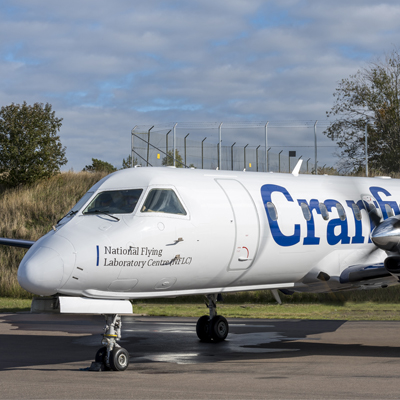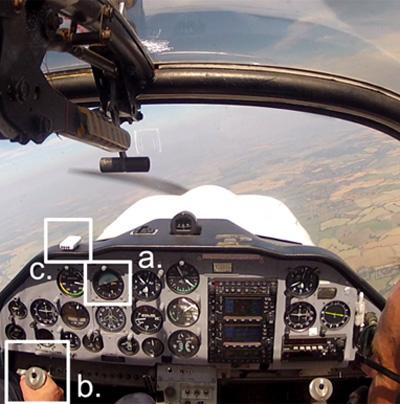The National Flying Laboratory Centre (NFLC) operates Cranfield’s aircraft, including the flying engineering laboratory, a facility virtually unique in the European academic sector and used to support teaching, research and consultancy.
More than 2,000 aeronautical students from over 20 universities fly in our unique Saab340B Flying Classroom and Laboratory each year as part of their degree course. This fully instrumented aircraft supplies passengers with real-time data about a range of performance parameters, allowing students to become flight test engineers during their flight.
Fitted with an Aspire 400 satellite communications system, the aircraft has a unique capability for STEM outreach and research, as aircraft data can be transmitted in real time to anywhere in the world. The aircraft has a spare avionics rack located in the rear cargo hold to facilitate bespoke research work.
The NFLC’s remit extends to research and consultancy for a wide range of organisations. We offer consultancy services to major corporations, as well as more specialist companies. Our capabilities include:
- Flight trials of customers’ experimental equipment
- Measurement and analysis of an aircraft’s characteristics for use in future airborne equipment
Saab340B
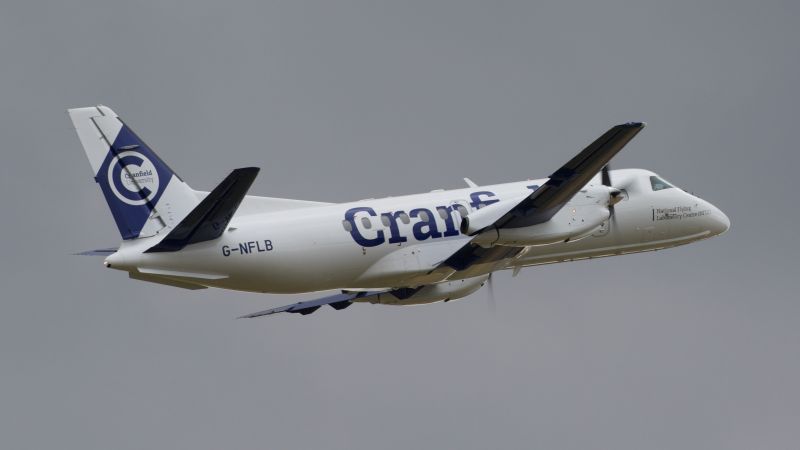
We have two further aircraft which are used for hands-on flying experience for our postgraduate students and to help inspire future generations of aeronautical engineers.
Scottish Aviation Bulldog
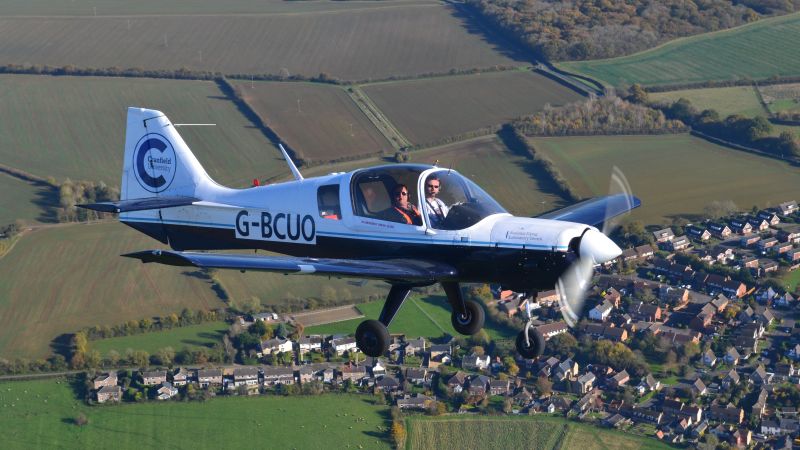
The Bulldog aircraft has the following modifications:
- Air data boom to measure angle of attack and sideslip
- Overwing fibre optic sensors
- Air data computer and recorder
- Air particle analysis sniffer box
These systems can be used for academic or industrial research work.
Slingsby T67 Firefly
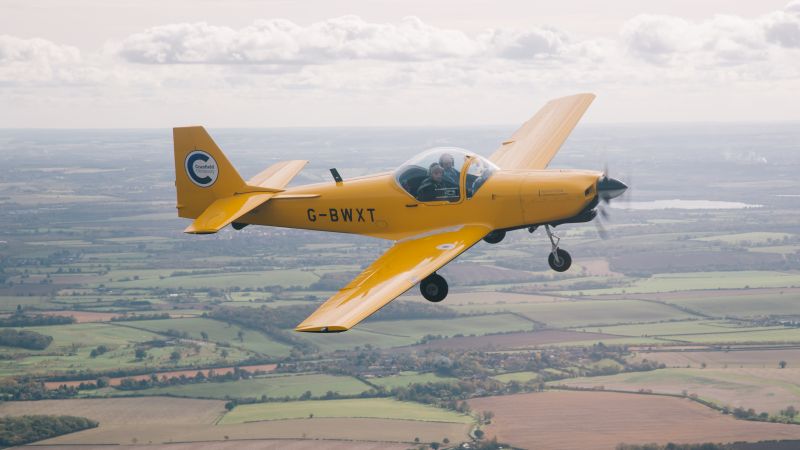
Our Bulldog and Firefly aircraft are also used for hands-on flying experience for our postgraduate students. These fully aerobatic aircraft help inspire future generations of aeronautical engineers.





